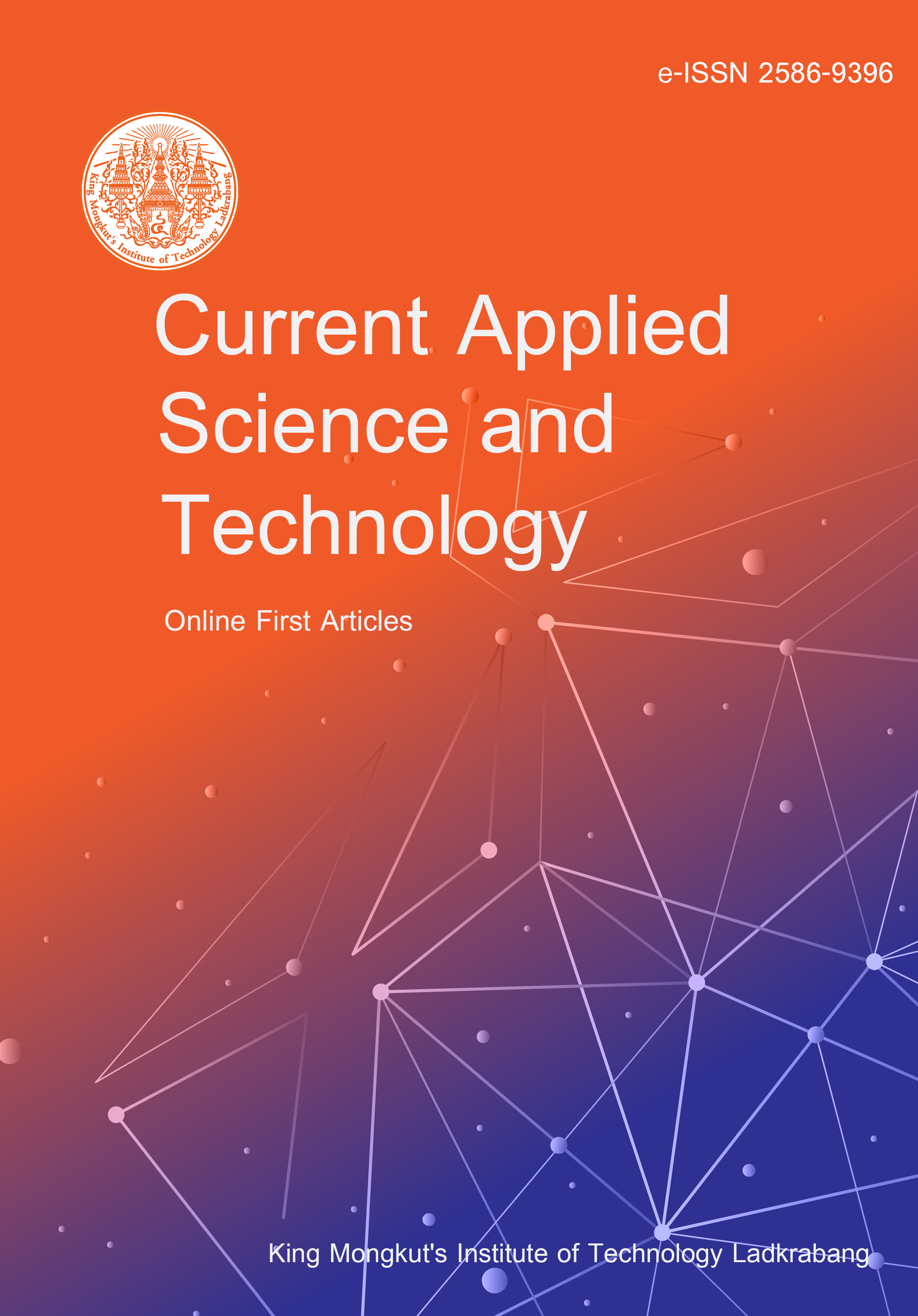Climate variability and prolonged droughts pose significant threats to field maize production, emphasizing the urgent need for drought-tolerant varieties to reduce yield losses and enhance resilience. This study aimed to identify superior maize hybrids by evaluating the general combining ability (GCA) and specific combining ability (SCA) of inbred lines. Genetic diversity analysis using 523 SNP markers identified 240 markers with a minor allele frequency (MAF) ≥ 0.05. The results categorized inbred lines into six clusters based on genetic distance, which ranged from 0.01 to 0.46. Ten lines from each cluster were selected for half-diallel crosses, generating 45 F1 hybrids. Field trials under well-watered and water-stressed conditions were conducted during the 2022 and 2023 dry seasons using a split-plot in randomized complete block design with two replications. Combining ability analysis showed that GCA, reflecting additive genetic effects, significantly influenced adaptive traits such as anthesis-silking interval (ASI), stay-green (SG), SPAD (chlorophyll content), and plant height (PH) traits associated with photosynthetic efficiency, reproductive success, and drought tolerance. Key parental lines, including Ki58, Nei582046, Kei1508, and Kei1618, were identified as strong donors for drought-adaptive traits, while DTMA192 was a significant contributor to yield component traits. Promising crosses, DTMA192 x Kei1618 and Ki58 x DTMA192, exhibited substantial SCA effects for adaptive and yield component traits, supporting a dual breeding approach. Integration of drought-adaptive trait selection based on parental GCA effects and hybrid performance on SCA provides an effective strategy to develop resilient, high-yielding maize hybrids, which are critical for regions facing water scarcity and climate change.
Boonmawat, K. ., Struss, D. undefined. ., & Hannok, P. undefined. . (2025). Estimation of Combining Ability in Field Maize Inbred Lines for Adaptive and Yield Component Traits Using Half-Diallel Crosses Under Well-Watered and Water-Stressed Conditions. CURRENT APPLIED SCIENCE AND TECHNOLOGY, e0265444. https://doi.org/10.55003/cast.2025.265444

